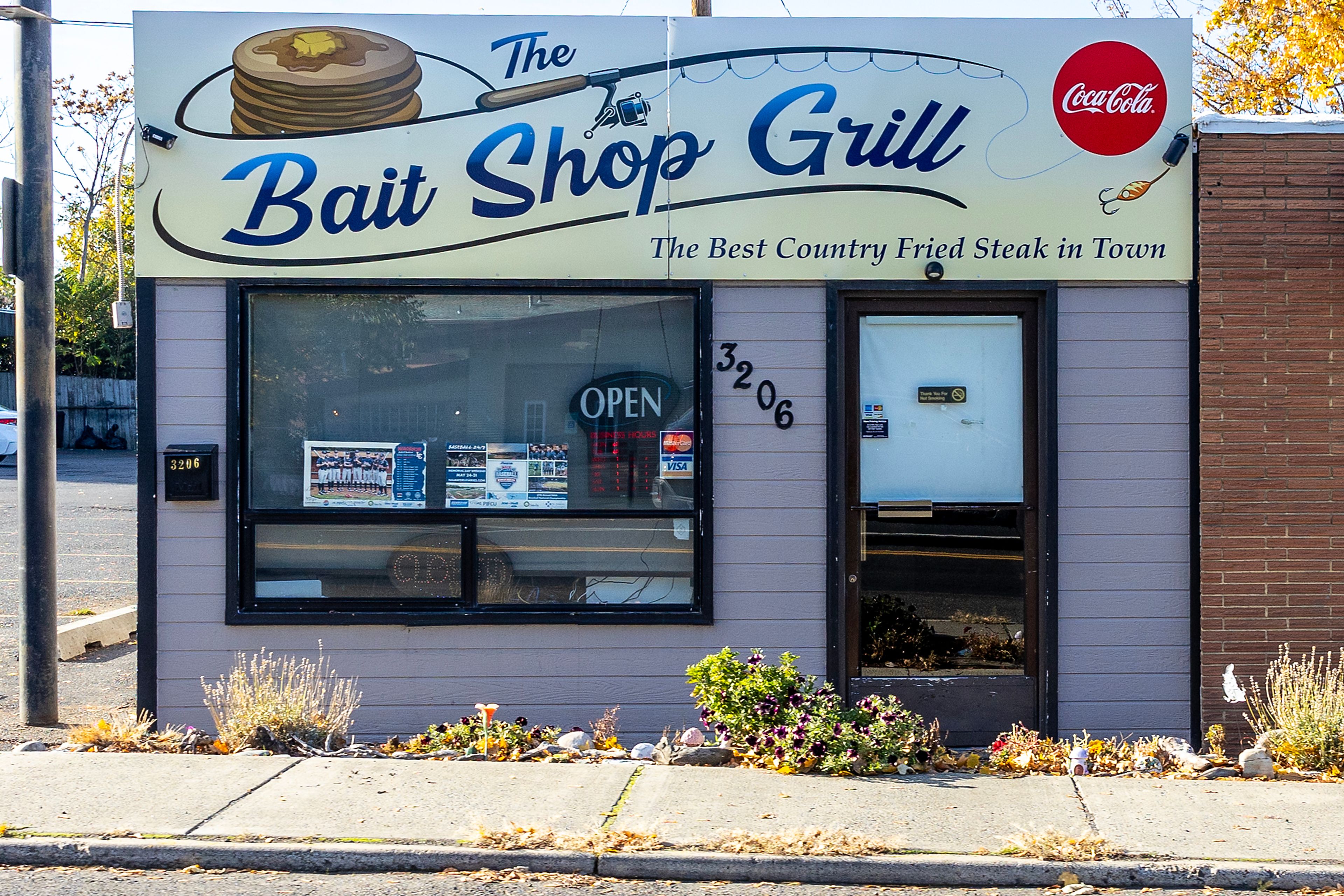Putting Indians to work
Oregon program helps American Indians get start in construction force
PORTLAND, Ore. -- After a divorce more than 20 years ago left Penny Painter without financial support, she struggled to make ends meet as a receptionist.
Until one sunny day when she looked out of the office window and decided she'd rather be working "out there."
She filed her two week's notice and picked up the tools she inherited from her grandfather.
"I decided to go into construction because I could feasibly see myself taking care of my daughters and actually owning a home," said Painter, a Portland resident of Klamath Modoc heritage.
To the 18-year carpentry veteran and single mother of three girls, a Harley she recently bought has come to symbolize time well-spent in the construction trades. After 23 years in the field, the 49-year old grandmother understands the promise of the trades.
She recently ended her career as a general contractor and now works to recruit more American Indian men and women to the trades as a work force development specialist with Cooper Zietz Engineering in Portland.
In 2005, Painter began work on a grant administered through the Oregon Department of Transportation's American Indian employment outreach initiative. The grant, awarded to Cooper Zietz in 2004, is an attempt by ODOT to increase the number of American Indians working on state highway and bridge projects.
Through joint recruiting efforts with Oregon tribes, employers and state pre- apprenticeship programs, Painter has been wildly successful at increasing the total number of American Indian workers enrolled in construction apprenticeship programs, with American Indian enrollment across all trades increasing 115 percent in two years, according to Painter's grant analysis.
With all trades facing a labor shortage as more workers reach retirement age, recruitment efforts are sorely needed.
The Oregon Department of Transportation in particular needs help, as it faces a work force shortage at the same time it works toward completing a long list of bridge and highway work that's slated to be built by 2012 under the Oregon Transportation Investment Act. Because heavy highway work is physically demanding and requires a lot of travel time, recruitment of skilled workers can be difficult.
Tribal lands, often located much closer to construction sites than metropolitan areas, serve as good opportunities for contractors looking to hire locally, Painter said.








